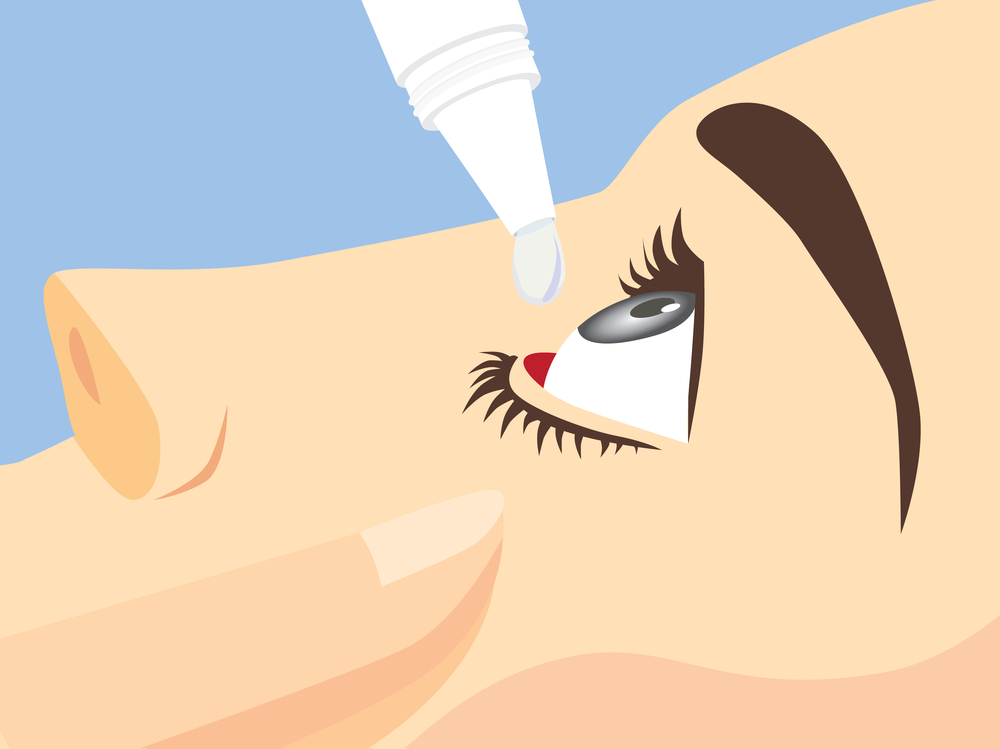Dry eye syndrome occurs when the eyes fail to produce enough tears, or the tears produced are of poor quality. Tears are essential for maintaining clear vision, comfort, and eye health. They help nourish the eye surface, remove debris, and prevent infection. A lack of sufficient tear production, whether due to blockage, evaporation, or inflammation, can turn dryness into a chronic condition requiring medical care.
While dry eye can affect people of all ages, it is particularly common among women and individuals over 65. In recent decades, the condition has become more widespread, likely due to increased exposure to air conditioning, frequent air travel, digital screen usage, and contact lens wear.
Recognizing the Symptoms of Dry Eyes
Dry eye symptoms can vary in intensity but often include:
- A burning sensation or general eye discomfort
- A gritty feeling, like something is stuck in the eye
- Redness, itchiness, or watery eyes (a counterintuitive response to dryness)
- Blurred vision, especially at the end of the day
- Eye fatigue
- Difficulty wearing contact lenses
If left untreated, dry eye syndrome can escalate, leading to corneal inflammation, abrasions, and—in rare cases—permanent vision problems.
Common Causes and Risk Factors
Dry eye may result from:
- Aging: Tear production naturally decreases with age
- Contact lens use: Especially long-term or improper use
- Environmental conditions: Wind, dry air, pollution
- Reduced blinking: Caused by prolonged screen exposure
- Allergies: Pollen, pet dander, and dust
- Medications: Antihistamines, antidepressants, hormone therapy, diuretics
- Medical conditions: Diabetes, rosacea, rheumatoid arthritis, Sjögren’s syndrome
- Hormonal changes: Pregnancy, menopause, or birth control use
- Vitamin A deficiency
- Previous treatments: Chemotherapy, Accutane, or LASIK
- Eyelid conditions: Such as blepharitis or incomplete eyelid closure
For more details on systemic conditions related to eye dryness, see our guide on dry eye syndrome symptoms and chronic illness.
Treatment Options at M’Eye Clinic
We offer three tiers of treatment, tailored to the patient’s symptoms and underlying cause:
- Lifestyle and Home Remedies
- Limiting screen time
- Wearing sunglasses in windy or dry environments
- Discontinuing contact lenses temporarily
- Using warm compresses
- Practicing eyelid hygiene
- Staying hydrated
- Medications and Prescription Solutions
- Lubricating eye drops and gels (preferably preservative-free)
- Night-time ointments for severe cases
- Anti-inflammatory eye drops such as Restasis or Xiidra
- Oral doxycycline or Tacrolimus for inflammation control
- Autologous serum eye drops made from the patient’s own blood
- Advanced and In-Clinic Procedures
- Electric eye masks (iFlow) with FDA approval to improve meibomian gland function
- Scleral lenses for severe dry eye, which create a fluid reservoir between the lens and cornea
- Intense Pulsed Light (IPL) therapy to reduce inflammation
- BLEPHEX® for blepharitis and lid margin cleansing
To understand how these lenses can help in chronic dryness, explore our guide to scleral lens recommendations.
Scleral Lenses: A Powerful Ally in Dry Eye Management
Scleral lenses are larger-diameter contact lenses that rest on the sclera, not the cornea. This design leaves space for a fluid reservoir that continuously hydrates the eye’s surface throughout the day. These lenses are especially useful for patients with keratoconus or corneal irregularities.
To learn more about proper care, read our scleral lens cleaning guide.
When Dry Eye Is Linked to Other Eye Conditions
Dry eye syndrome is often intertwined with other ocular conditions. In particular, patients with irregular corneas may benefit from scleral lenses both for hydration and visual improvement. At M’Eye Clinic, we offer custom-fit options such as EyePrintPRO® and BostonSight®, which provide optimal comfort and precision.
For an overview of available treatment stages, visit keratoconus treatment options by stage.
Final Thoughts
Dry eye syndrome is more common than most people realize—and if left untreated, it can lead to significant visual complications. Fortunately, modern diagnostic tools and personalized treatments offer relief for most patients. Whether you’re dealing with mild symptoms or severe chronic dryness, consulting an eye care specialist can help you find the right combination of therapies.
M’Eye Clinic is a trusted center for advanced optometry in Jerusalem, offering comprehensive solutions for dry eye, corneal disease, and visual clarity. We proudly serve patients from across the Gulf region, including the UAE, Saudi Arabia, Bahrain, Qatar, and beyond.

